How Green Berets jumped from planes with a man-portable atomic bomb during the Cold War
- By George Hand
Share This Article
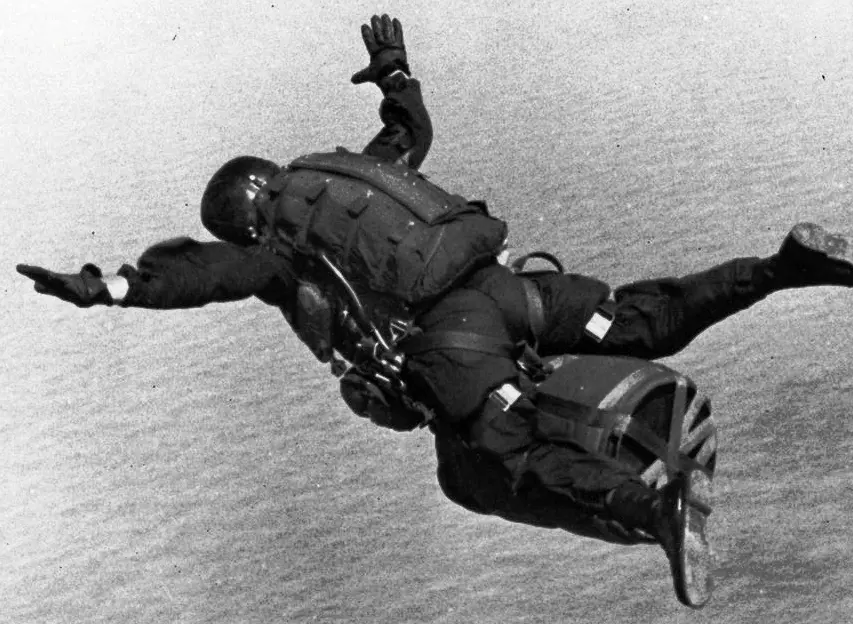
My tour with the Green Berets began in 1983. In those years, the Green Berets, among many other missions, were blessed with the task of operation and delivery of a small nuclear “suitcase bomb” munition. The allure of such a magnificent task gave way to many rumors and speculations – but the facts are more alluring still.
The development of the small nuclear device began in June 1960 with the M54 SADM (Special Atomic Demolition Munition). The M54 was put into production in August 1964. The weapon was 12 inches in diameter, 18 inches long, and weighed approximately 59 pounds. The transport configuration added many more pounds to the weight of the device, and demanded specialized skills to operate.
SADM had a variable yield estimated to range from the equivalent of 10 to 1,000 tons of TNT!
The detachments who specialized in the employment of the weapon system were known as Green Light teams. There was a measure of awe and prestige in the men who undertook the mission. It was no easy task to be accepted in one such team if you did not positively glow at your current Green Beret function. All the Green Light men were also SCUBA/Combat Diver qualified, as SADM target sets included harbors and other waterborne targets such as dams and bridges.
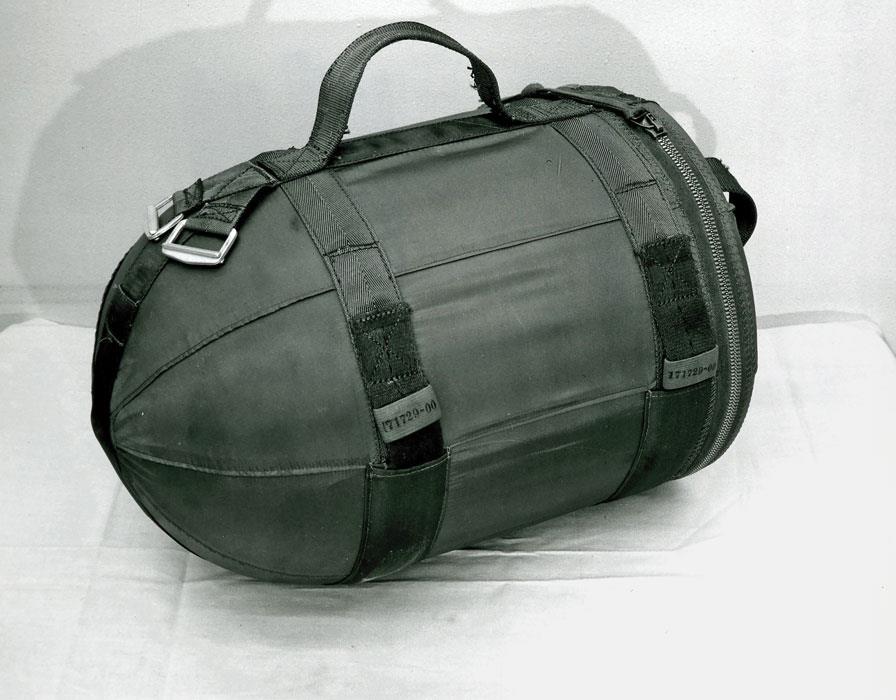
There was a rumor, at one time, though ridiculous as it man seem, that upon activating the detonation sequence, a man did not have enough time to escape from the blast radius of the nuclear detonation. That is a damned-fine rumor, as rumors rate – it makes the whole concept of the SADAM attack a suicide mission. I admit, at no time was I of the mind to ever accept the possibility of suicide as an attractive concept. I’m glad I only ever knew it as a rumor.
Parachuting with the SADAM training device was something all of us were at liberty to experience, Green Light team or otherwise. I recall the device being so tall as to clear a mere couple of inches of the aircraft floor where it hung from my parachute harness. Believe it or not, that actually made the device easy to maneuver, as I was only required to bend my knees slightly and the device would rest on the deck of the aircraft.
I only lifted the device when I needed to exit the aircraft, and that was accomplished by straightening my legs and lunging forward. Jumping from the aircraft exit door was not really a jump at all by definition. You really just leaned and fell out of the aircraft and had your “knees in the breeze” as your parachute canopy opened.
Related: Danger, Mines! Delta Force misadventures in Bosnia
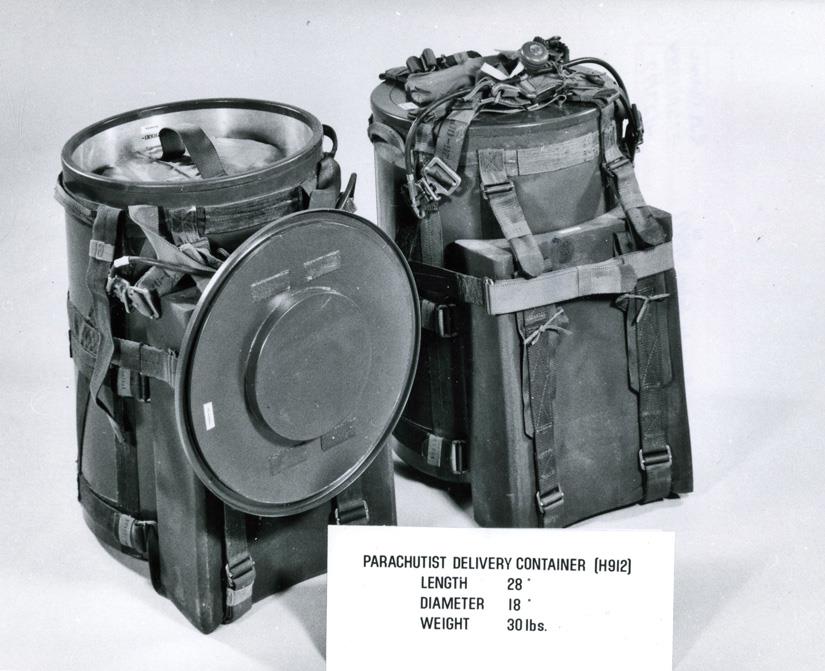
The thought of landing a parachute with this monstrous device may initially be alarming, but there was a simple provision for cushioning the combined impact of man and device: The SADM case was attached to an approximately 15-20 foot lowering line connecting the SADM to the parachute harness. Once a jumper was approximately 500 feet from the ground, he cut loose the SADM which fell to the end of the lowering line. The SADM would then make its own impact with the ground separate from the delivery man.
There were cases where, for some unforeseen reason, the SADM did not fall when cut away. In those situations, the jumper could only hope for the best and try to land on one of his sides rather than on his front or back. I have had a load refuse to cut away just one time. I landed just fine, as luck had it.
As far as the pucker factor of jumping the SADM, it is all a matter of what you are used to, and, besides, good realistic training will always put you at ease and in good standing with even the most daunting of tasks. As far as bragging rights, well, they definitely came along with jump experience with the SADM.
“Hi, hon… what did you do at work today?”
“Me? Oh, I practiced planting an atomic bomb on a bridge.”
By Almighty God and with Honor,
geo sends
Feature Image: A U.S. Army Special Forces paratrooper conducts a high-altitude low-opening military freefall jump with an MK54 SADM. (U.S. Army/Wikimedia Commons)
Read more from Sandboxx News
- The Navy’s plan for its next trainer jet shows how carrier aviation has changed
- How an F-15E scored its only air-to-air kill… with a bomb
- ‘Warfare’ shows the brutal reality of combat for an elite unit
- Air Force Special Operations Command celebrates 35 years of heroism and service
- Caseless ammo could be the future of cartridges
Related Posts
Sandboxx News Merch
-

‘AirPower’ Classic Hoodie
$46.00 – $48.00Price range: $46.00 through $48.00 Select options This product has multiple variants. The options may be chosen on the product page -

‘Kinetic Diplomacy’ Bumper Sticker (Black)
$8.00 Add to cart -

‘Sandboxx News’ Trucker Cap
$27.00 Select options This product has multiple variants. The options may be chosen on the product page
George Hand
Master Sergeant US Army (ret) from the 1st Special Forces Operational Detachment-Delta, The Delta Force. In service, he maintained a high level of proficiency in 6 foreign languages. Post military, George worked as a subcontracter for the U.S. Department of Energy (DOE) on the nuclear test site north of Las Vegas Nevada for 16 years. Currently, George works as an Intelligence Analyst and street operative in the fight against human trafficking. A master cabinet-grade woodworker and master photographer, George is a man of diverse interests and broad talents.
Related to: Military History, Special Operations

Approaching Mach 2 in an F-16: ‘The jet started to shake’
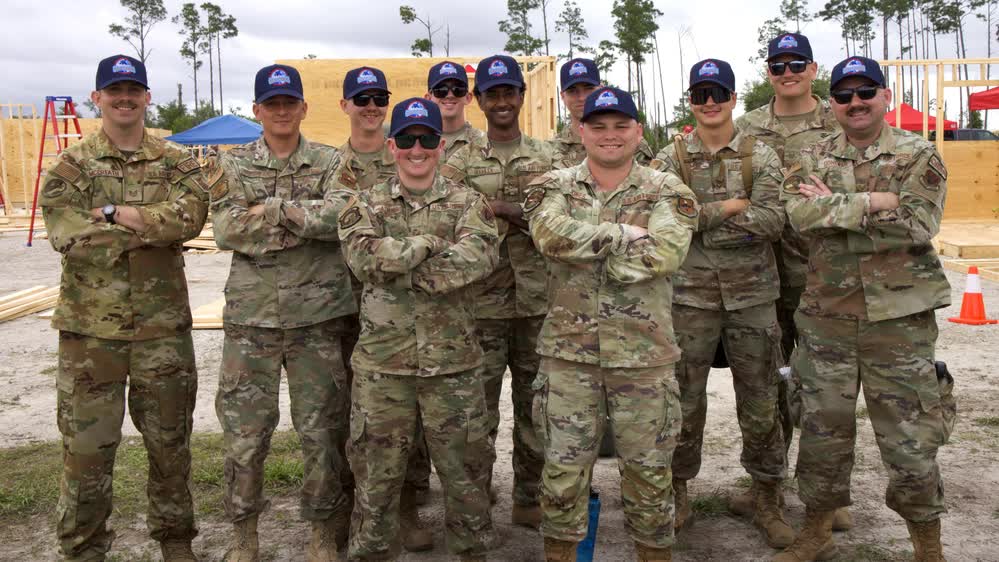
7 strategies to stay positive in your military (or in any) career
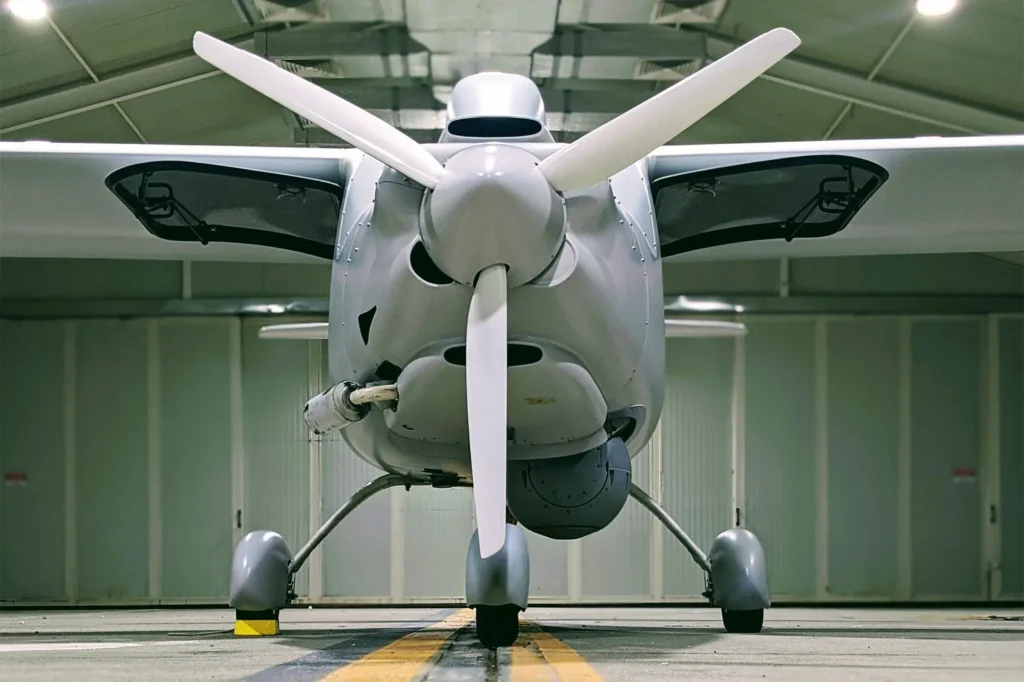
SOCOM wants its secretive Long Endurance Aircraft drone to be able to launch smaller drones
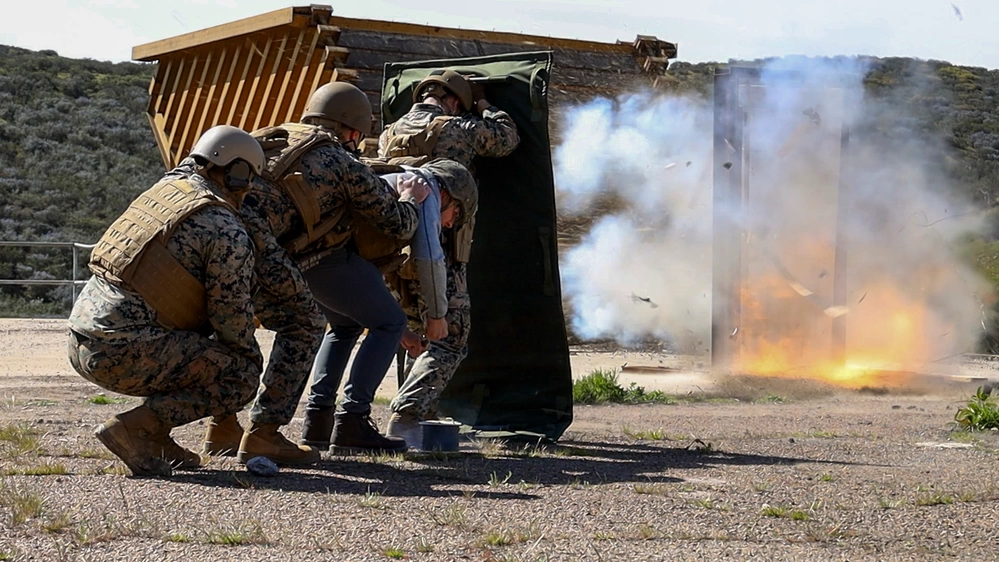
The value of Research and Development of explosives for the Delta Force
Sandboxx News
-

‘Sandboxx News’ Trucker Cap
$27.00 Select options This product has multiple variants. The options may be chosen on the product page -

‘AirPower’ Classic Hoodie
$46.00 – $48.00Price range: $46.00 through $48.00 Select options This product has multiple variants. The options may be chosen on the product page -

‘AirPower’ Golf Rope Hat
$31.00 Select options This product has multiple variants. The options may be chosen on the product page -

‘Sandboxx News’ Dad Hat
$27.00 Select options This product has multiple variants. The options may be chosen on the product page
